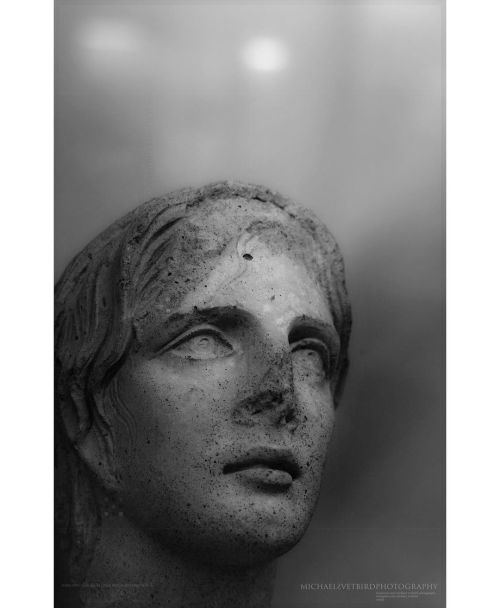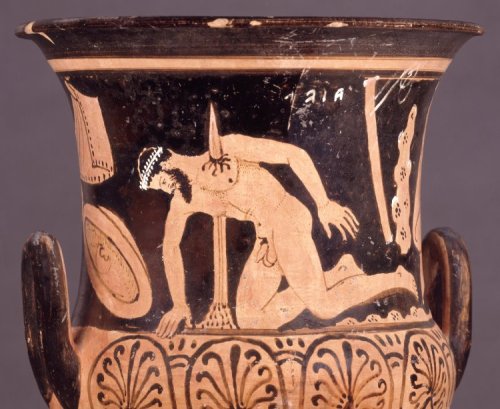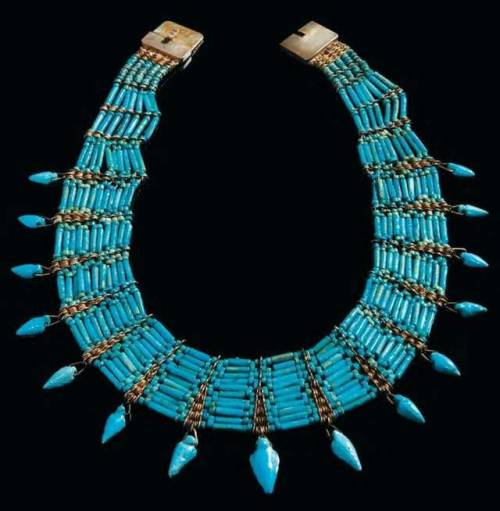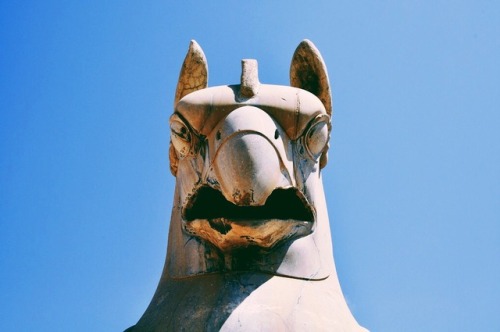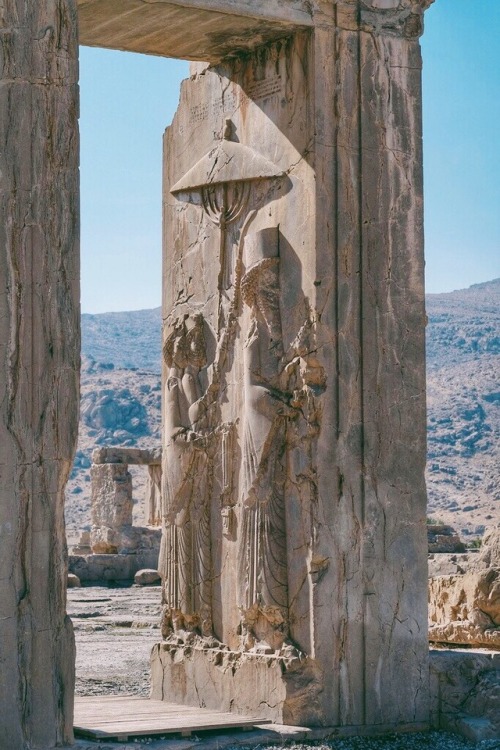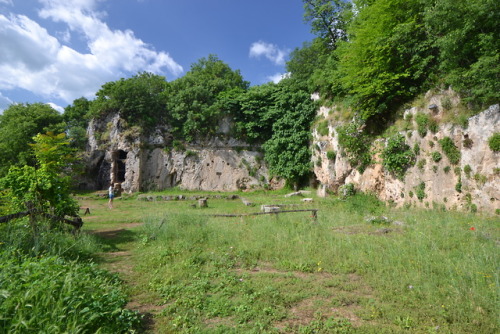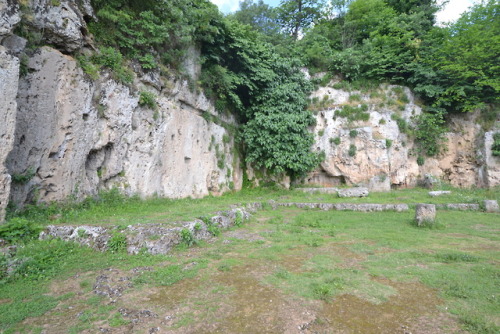#4th century bce
Sliver Tetradrachm of Alexander the Great wearing a lion skin helmet. The coin was minted in Babylon around 324 BCE. The city was the capital of the Macedonian king’s vast empire and where he died in 323 BCE. University of Pennsylvania Museum of Archaeology and Anthropology, Philadelphia, PA.
Photo by Babylon Chronicle
Post link
:
• TESTA FEMMINILE:
Etruscan, Sanctuary of the Carraccio dell’Osteria, Vulci
Terracotta, Late 4th BC.
[The excavations of 1985]
.
Museo Nazionale Etrusco di Villa Giulia, Rome
@museoetruscovillagiulia
.
MNEVG ETRU | phs©MSP 02|22 6200X4000 600 [I.]
The photographed object is the property of MNEVG ETRU and subject to the Museum copyright.
[ no commercial use ]
.
Part of the “HEADS.Sculpture” MSP Online Gallery:
.
• DeviantArt:
www.deviantart.com/svetbird1234/gallery/78520831/heads-sculpture
.
• Facebook [Album]:
www.facebook.com/media/set/?set=a.1400262423675664&type=3
.
.
#rome #villagiulia #museoetrusco #museoetruscovillagiulia #archaeologicalmuseum #artmuseum #sculpture #etruscan #etruria #etruscanculpture #etru #vulci #antiquity #ancient #ancientsculpture #arthistory #archaeology #archeologia #museology #heritage #ancientworld #mythology #ancienthistory #female #portrait #head #sculpturephotography #museumphotography #archaeologyphotography #michaelsvetbird villa giulia @museoetruscovillagiulia 02|22 ©msp @michael_svetbird | sorry for the watermarks (at Museo Nazionale Etrusco di Villa Giulia)
https://www.instagram.com/p/CcKpwHgIEhR/?igshid=NGJjMDIxMWI=
Post link
Pottery: red-figured calyx-krater (wine-bowl).
Designs red on black ground, with white accessories; Etruscan style. Below the designs, palmettos.
(a) Suicide of Ajax (Aivas): Ajax, nude and bearded, wearing a wreath, is fallen on his knees to left over his sword, which comes out through his body by his left shoulder; blood is visible round the wound and the handle of the sword. On the left is his shield; above, a garment with border of dots suspended on two pegs. On the right are a large sheath suspended by a white band, a tree-stump, and a garment suspended on two pegs. The scene takes place in Ajax’s tent; the ground is indicated below. Above Ajax is painted a retrograde inscription in white.Etruscan
c 400-350 BC
Source:British Museum
Post link
A winged Eros presenting a goose to a seated, draped, Aphrodite holding a fan in the right hand.
(Apulian krater, circa 370-360 BCE. Now in a private collection…)
Post link
Ancient Egyptian ring (gold and green jasper) with an image of the god Ptah. Artist unknown; ca. 664-322 BCE (Late Period). Now in the Walters Art Museum, Baltimore. Photo credit: Walters Art Museum.
Post link
The golden diadem of the Scythian princess Meda, found in the tomb of Philip II of Macedon. Aigai, Macedonia, Greece. 4th century BC [960x700]
Post link
Hellenistic gold and garnet ring, dated to the 4th to 3rd centuries BCE. The garnet is an intaglio inscribed with the image of a hero. Source: Timeline Auctions.
Post link

Demeter. Molded plaque, artist unknown; 4th cent. BCE. Probably from Tanagra, Boeotia; now in the Petit Palais, Paris. Photo credit: Thesupermat.
“White is fitting for Ceres: dress in white clothes for Ceres’
Festival: on this day no one wears dark-coloured thread.”
-Ovid, Fasti: Book 4, April 12, The Games of Ceres
https://paganimagevault.blogspot.com/2020/01/demeter-plaque-4th-c-bce.html


